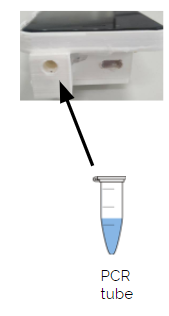| (2 intermediate revisions by the same user not shown) | |||
| Line 5: | Line 5: | ||
<head> | <head> | ||
<link href="https://2017.igem.org/Template:UCC_Ireland/Project/CSS?action=raw&ctype=text/css" type="text/css" rel="stylesheet"> | <link href="https://2017.igem.org/Template:UCC_Ireland/Project/CSS?action=raw&ctype=text/css" type="text/css" rel="stylesheet"> | ||
| − | + | ||
<title>UCC iGEM 2017</title> | <title>UCC iGEM 2017</title> | ||
| Line 32: | Line 32: | ||
<h2>Slider Device:</h2> | <h2>Slider Device:</h2> | ||
| − | |||
| − | |||
| − | |||
| − | |||
| − | < | + | <img src='https://static.igem.org/mediawiki/2017/9/9a/T--UCC_Ireland--slider_top.png' style='max-height: 30%; width: auto; margin: auto; display: block;'></img> |
| − | + | ||
| − | <img src='https://static.igem.org/mediawiki/2017/b/b7/T--UCC_Ireland--slider_back.png' style='max-height: | + | <img src='https://static.igem.org/mediawiki/2017/b/b7/T--UCC_Ireland--slider_back.png' style='max-height: 30%; width: auto; margin: auto; display: block;'></img> |
| − | </ | + | |
| + | <img src='https://static.igem.org/mediawiki/2017/4/44/T--UCC_Ireland--slider_front.png' style='max-height: 30%; width: auto; margin: auto; display: block;'></img> | ||
| − | |||
| − | |||
| − | |||
| − | |||
<div class='col-edge'></div> | <div class='col-edge'></div> | ||
| + | <div class='row'></div> | ||
Latest revision as of 02:20, 2 November 2017


We wanted to create a platform for our biosensor that was both compact, and user friendly. This platform needed to be cost effective and mobile, while still maintaining the full functionality of the biosensor. We realised that a smartphone, which is present in virtually every pocket would tick all the boxes. We went in search of local engineers, specifically at the Tyndall National Institute and Cork Institute of Technology, that would help us design such a device. We contacted these institutions and met with two engineers Chinna Devarapu and Uday Bangavadi, who we explained our project to. They began to work on a prototype, and hence the slider device was born! The slider device can be utilised by simply inserting a PCR tube into an opening near the top.
Because we will have two possible readouts (GFP and AmilCP), blue and red LEDs are located inside the slider chassis, allowing the user to measure both fluorescence and absorbance. Our team members Mark and Ross created an app that bridged the gap between hardware and software. This provides the user with a graphical readout, with a warning notification should the concentration of contaminants be above a specified maximum threshold.
Using this technology we now employ a universal readout for all users of our device, giving them the power to be their best.

Above: Team members Chloë and Dan pictured with Chinna and Uday
Slider Device:














